Why do forging machines need to be equipped with cooling heating temperature control unit?
The temperature control of the workpiece and mold is crucial during the working process of forging and stamping machines, especially during hot processing operations. The application of cooling, heating, and temperature control systems in forging machines is mainly reflected in the following aspects:
1.Mold Cooling: During the hot forging process, the mold repeatedly bears the impact and extrusion of high-temperature metal billets, resulting in a sharp increase in temperature. If not treated in a timely manner, it may lead to softening, deformation, and cracking of the mold material, affecting the lifespan of the mold and the quality of the forgings. The cooling system usually uses circulating cooling water, oil, or air to act directly on the surface of the mold through built-in cooling channels or external cooling nozzles, quickly removing heat and maintaining the mold at a suitable working temperature.
2.Workpiece preheating and insulation: For certain materials (such as high-strength steel, titanium alloy, etc.), preheating is required before forging to reduce their deformation resistance, improve plasticity and fluidity. Preheating is usually carried out inside the furnace, and heating equipment includes resistance furnaces, induction furnaces, etc. In addition, for continuous forging production lines, insulation devices (such as insulation covers and blankets) may be required during the transmission of workpieces to reduce heat loss and ensure that they are still at the appropriate forging temperature when reaching the forging position.
3.Mold Heating: In some cases, such as cold forging or warm forging, the mold may need to be preheated to a certain temperature to improve the fluidity of the metal and the friction conditions between the mold and the workpiece. Mold heating is usually achieved through electric heating elements (such as resistance wires, induction coils) or external heat sources (such as hot oil, hot air).
4.Local Heat Treatment: For certain forgings, local heat treatment (such as quenching and tempering) is required after forming to obtain the required mechanical properties. At this time, special local heating equipment (such as induction heater) and cooling devices (such as water spray, spray or immersion cooling) may be required.
5.Temperature Control System: The entire cooling and heating process is usually monitored and regulated by a temperature control system. The system includes temperature sensors, controllers, and driving devices for cooling/heating equipment. Sensors monitor the actual temperature of the mold or workpiece, and the controller automatically adjusts parameters such as cooling water volume, water pressure, and cooling medium temperature based on the set temperature curve and feedback signal, ensuring the accuracy and stability of temperature control.
In summary, the cooling, heating, and temperature control system of the forging machine is a key component to ensure the smooth progress of the forging process, improve the quality of forgings, and improve the lifespan of molds. By implementing reasonable cooling and heating strategies, the temperature of molds and workpieces can be effectively controlled, adapting to different material and process requirements, and optimizing production efficiency.
- More
SUNDI Z Frequency Conversion Series
WHATSAPP WECHAT Ultra high temperature cooling technology can directly cool from a high temperature of 300℃[because only the heat transfer medium in the expansion…
- More
SUNDI -10℃~150℃
Fully enclosed system, single medium completes refrigeration and heating -120~350℃ ±0.5℃ AC 380V 50HZ 8kW max Ultra high temperature cooling technology can directly cool from a hi…
- More
SUNDI -80℃~250℃
● Working temperatures from -120°C to +350°C ● Previously unachievable performance ●Intelligent temperature control ● Maximum process stability and reproducibility ● Adop plate heat exchager, Pipeline heating, the fastest he…
- More
SUNDI-320/320W
Fully enclosed system, single medium completes refrigeration and heating -120~350℃ ±0.5℃ Ultra-high Temperature Cooling Technology Can Directly Cool Down From 300℃ High Temperature. Bec…
- More
SUNDI -25℃~200℃
Fully enclosed system, single medium completes refrigeration and heating -120~350℃ ±0.5℃ ● Working temperatures from -120°C to +350°C ● Previously unachievable performance ●Intelligent temperature control…
- More
SUNDI -25℃~300℃
● Working temperatures from -120°C to +350°C● Previously unachievable performance●Intelligent temperature control● Maximum process stability and reproducibility● Adop plate heat exchager, Pipeline heating, the fastest heating a…
loading…
已经是到最后一篇内容了!
REQUEST A QUOTE
Related recommendations
-
Combination of heater and chiller for melting mixing process
1302In the process of molten mixing, the combination of heater and cooler is used to achieve precise temperature control of the mixed materials to meet specific process requirements. This type of combination equipment is commonly used in industrie...
View details -
Chiller and Chiller Heater What is the difference
1074Chiller and chiller heater systems differ in function, cost, and temperature range. Compare both to choose the best cooling and heating solution.
View details -
Chiller Heater Units Everything You Need to Know About Heating and Cooling
1370Efficient heating & cooling circulation units offer precise temperature control for industrial processes, saving space, energy, and costs.
View details -
What Is a Heating Circulator and How Does It Work
883Heating circulator is a heating system commonly used in industrial applications to control the temperature of the process. This article explains its definition, structure, principle and application.
View details
 LNEYA Industrial Chillers Manufacturer Supplier
LNEYA Industrial Chillers Manufacturer Supplier










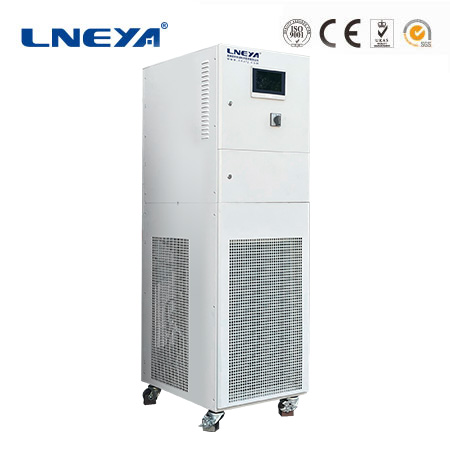
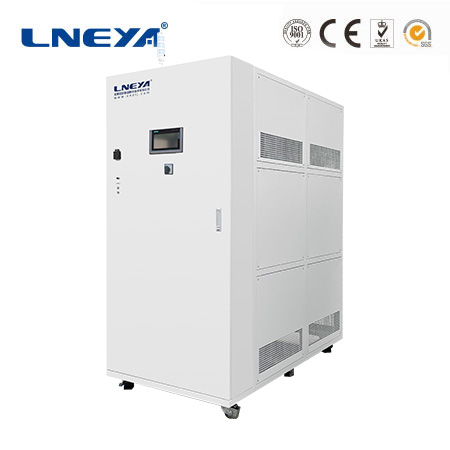
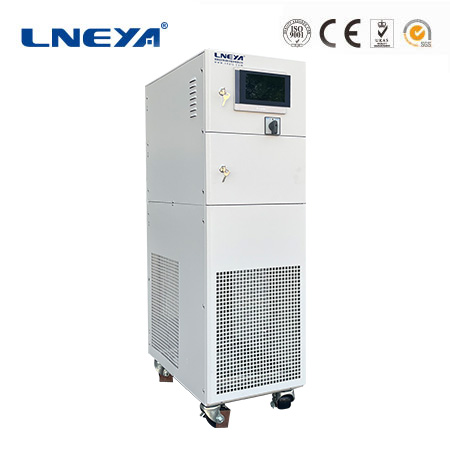
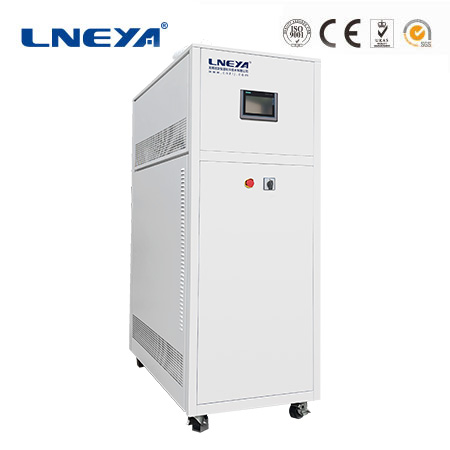

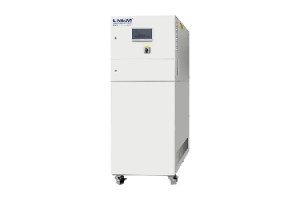
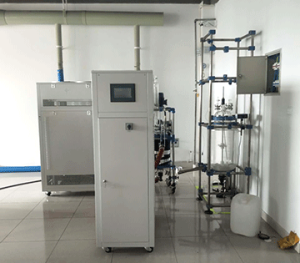
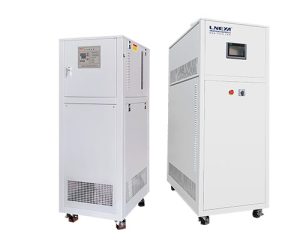


Submit for consultation
We will reply to you within 24 hours